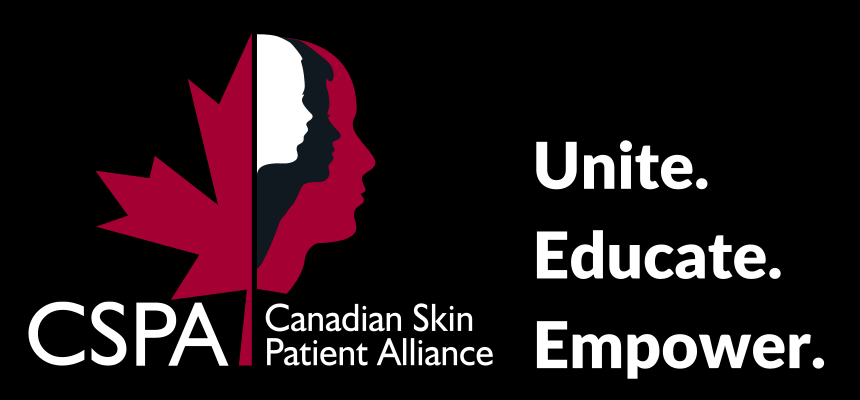Diagnosis and Treatment
Diagnosis
Among people with normal immunity, the diagnosis of shingles is based on clinical presentation – the lesions are unilateral, usually painful with a vesicular eruption in a well-defined nerve distribution pattern (dermatomal). Confirmatory laboratory tests are very seldom needed.
Among people with weakened immunity, shingles may present with unusually severe lesions, and multiple sites involved. They may also spread to the blood and internal organs.
VZV can be cultured from active lesions, but it is not possible in the laboratory to distinguish chickenpox from shingles, as they are the same virus.
Treatment
Mild cases of shingles do not require therapy and resolve fairly quickly. However, there is a tendency to treat most cases as long as the treatment is started very early, within 3 days of the onset of blisters.
As shingles is a viral infection, the mainstay treatment is high dose oral antivirals such as acyclovir, valacyclovir or famciclovir. These are usually given for one week and can shorten the duration of the disease. Severe cases may warrant intravenous acyclovir.
In addition to antiviral therapy, patients are advised to rest, get pain relief from over the counter medications and apply protective ointment such as petroleum jelly to the rash. Occasionally, oral antibiotics may be prescribed by your doctor for any secondary bacterial infections that may develop.
How can shingles be prevented?
Vaccines do not completely prevent shingles but do reduce the risk of contracting it; they may also reduce the likelihood of post-herpetic neuralgia.
Currently, two different shingles vaccines are approved for use in Canada. They are called Zostavax II and Shingrix. Zostavax II is a live vaccine whilst Shingrix is not. Health Canada recommends Shingrix for all individuals ≥50 years of age who do not have a history of allergic reaction after vaccines, or immediate hypersensitivity to any component of the vaccine or its container. Shingrix can be administered regardless of whether the person has a history of chicken pox.
When Shingrix is contraindicated, Zostavax II can be offered. Being a live vaccine, Zostavax II is contraindicated in those who have immunocompromised states, are on immunosuppressive medication, have untreated tuberculosis or are pregnant.
Shingrix requires two doses 2 to 6 months apart. Zostavax II requires one dose. There is no recommendation for a booster dose.











